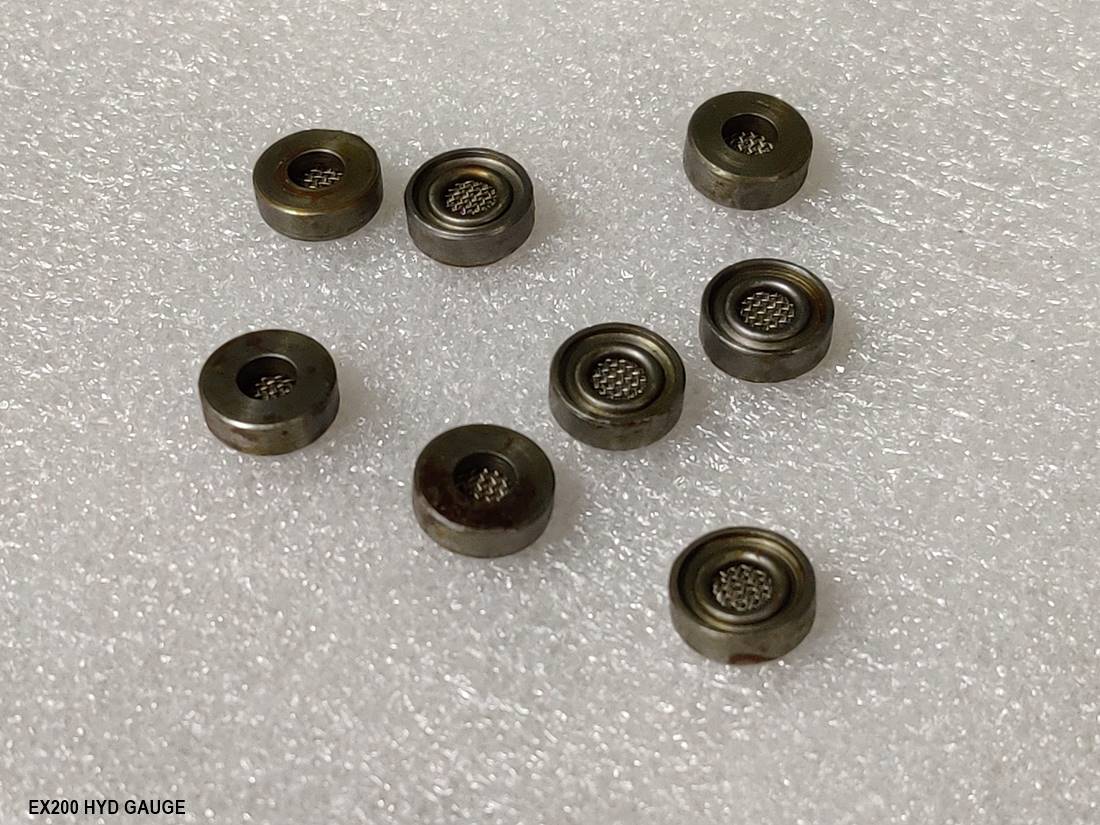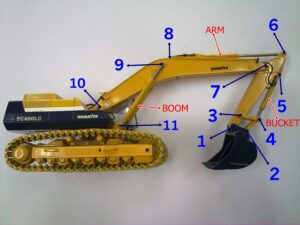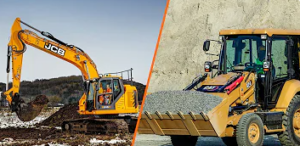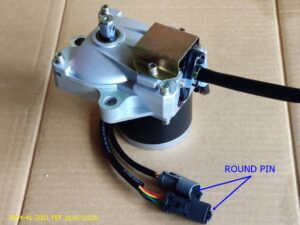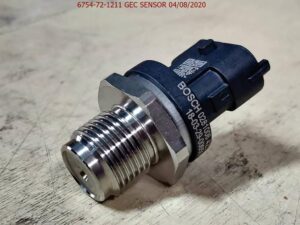The excavator filter regulator is a key component in managing the hydraulic or pneumatic systems of an excavator. It plays a crucial role in maintaining system performance, cleanliness, and efficiency. Here are five key functions of the excavator filter regulator:
- Filtration of Contaminants: The filter regulator removes dirt, dust, and other contaminants from the hydraulic or pneumatic fluid. This prevents debris from entering sensitive components such as pumps, valves, and actuators, thus protecting the system and extending its lifespan.
- Pressure Regulation: The filter regulator ensures that the pressure within the system remains within a safe and optimal range. It regulates incoming fluid pressure to prevent overpressure, which could damage the hydraulic or pneumatic components.
- Fluid Conditioning: In addition to filtering, the regulator may also help in conditioning the fluid by removing water or air that could potentially cause rust or corrosion within the system. This keeps the fluid clean and effective for hydraulic operations.
- Consistent Fluid Flow: By regulating the pressure and ensuring that contaminants are filtered out, the filter regulator helps maintain a steady and consistent flow of hydraulic or pneumatic fluid. This is important for precise excavator operations and for preventing erratic system behavior.
- Protection of Components: By ensuring clean, properly pressurized fluid, the filter regulator protects critical components like the hydraulic pump, valves, and actuators. This reduces wear, prevents blockages, and minimizes the chances of system failure or malfunction.
Overall, the filter regulator is essential for maintaining the performance, reliability, and longevity of the excavator’s hydraulic and pneumatic systems.
